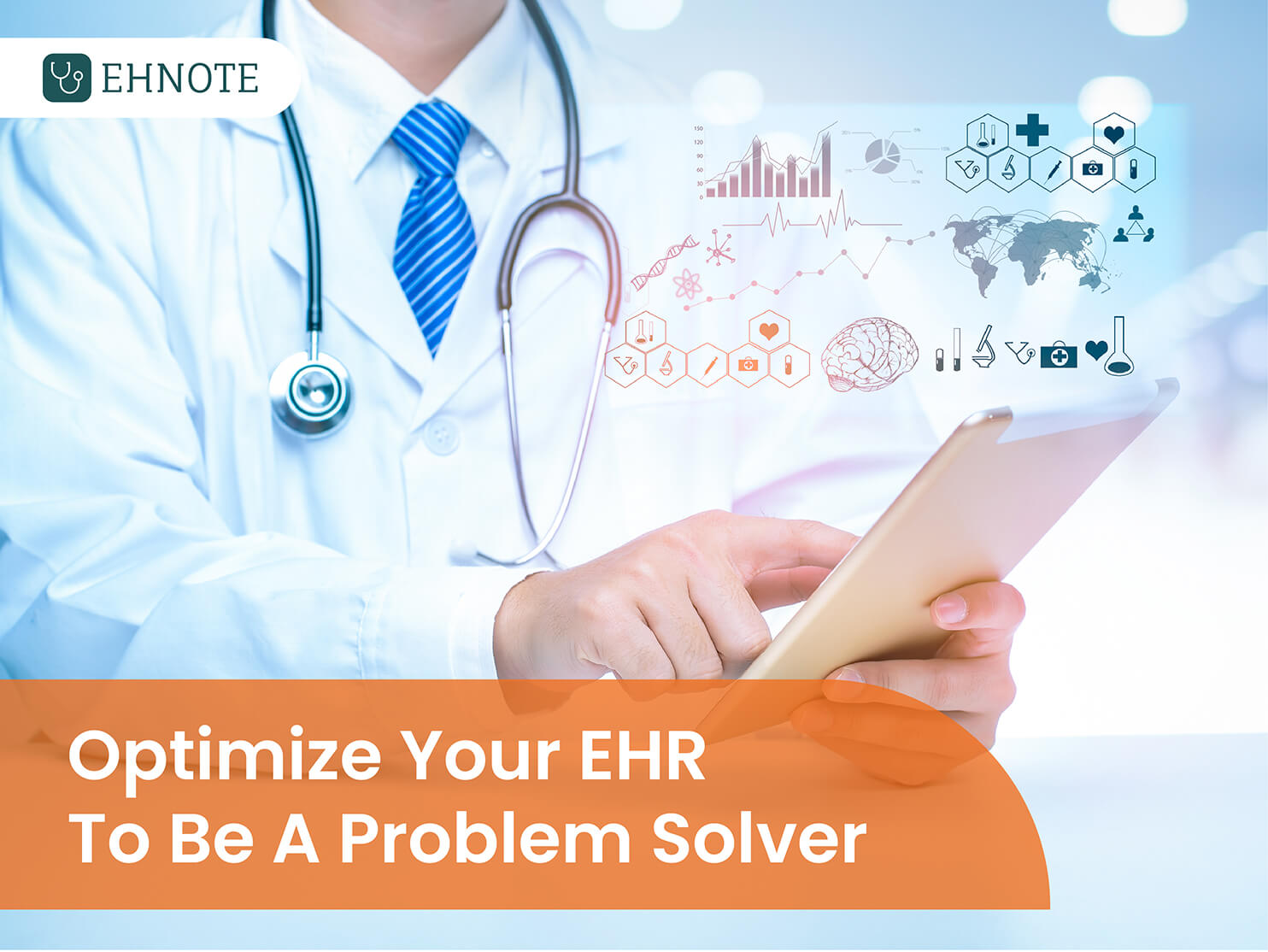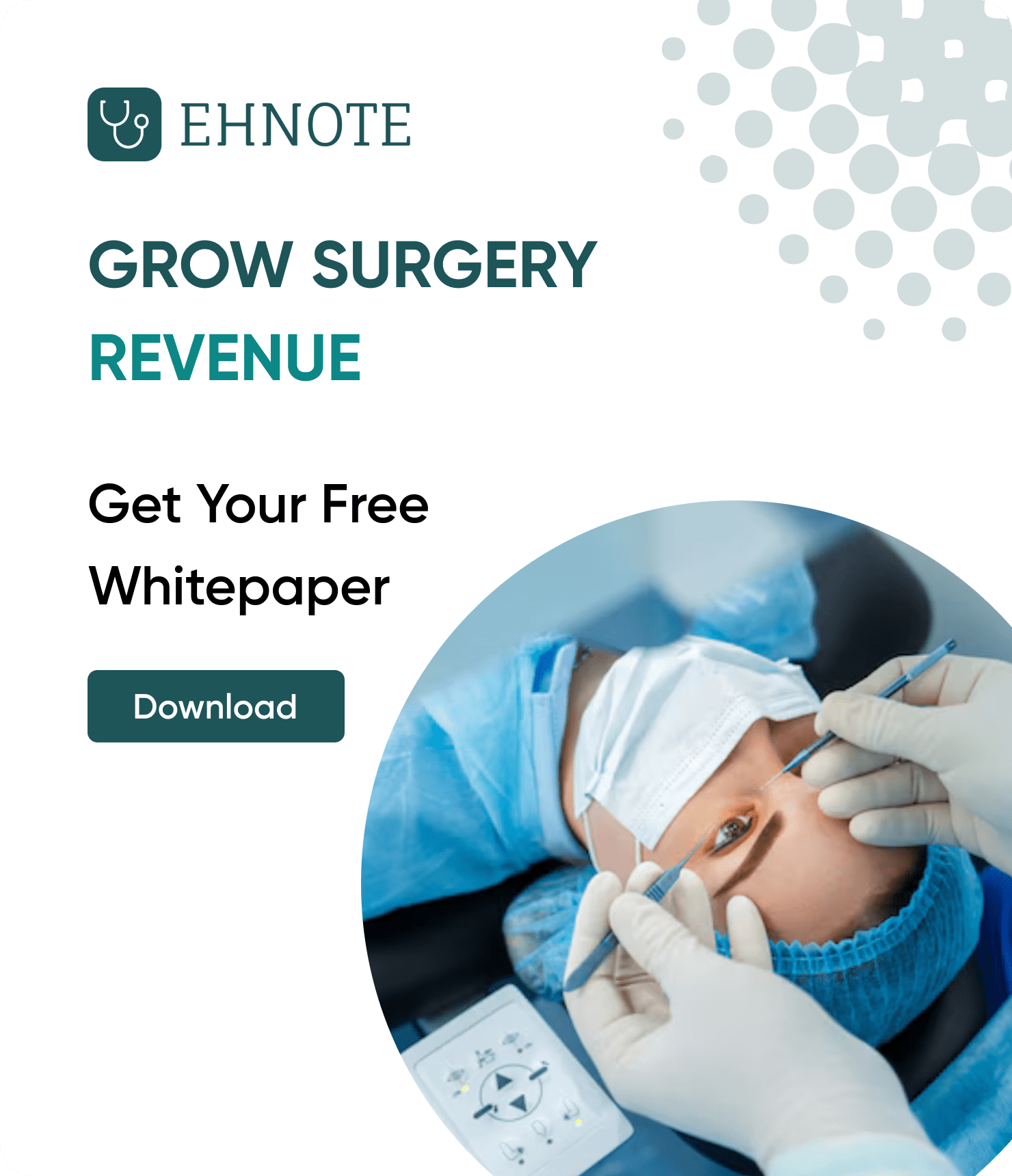Optimize your EHR to be a problem solver

EHR or Electronic Health Record Implementation as a patient and clinic management software lets hospitals and other healthcare organizations/service providers quickly and securely access their patients’ medical histories. Simply put, EHR optimization is the process of refining EHR software to serve a practice’s own needs that tends to focus on clinical productivity and efficiency.
Healthcare organizations now days understand the value of EHR optimization. According to the KPMG survey - 2017 of College of Healthcare Information Management Executives (CHIME) about 38% of the organization’s members have accepted prioritizing EHR optimization for their organizations.
The push and value based care and reimbursement have raised the need for EHR optimization among physicians with a demand for more integrated and usable EHR, practice management software for doctors and revenue cycle management. Launching and EHR optimization project after implementation is helping in restoring clinical efficiency, improving physician satisfaction and reducing administrative burdens on healthcare providers.
Effective EHR optimization activities are geared towards helping healthcare service providers spend less time interacting with EHR systems and guide them in avoiding investing in costly, time-consuming EHR replacements thereby resolving recurring problems with their usability.
EHR optimization opportunities will vary based on practice and range from simple to complex. However, the most preferred would be those that help in making the data entry easier for the end-user with the ability to extract the data out of the system.
Five EHR optimization activities – Emerging as problem solvers
The following five EHR optimization activities can emerge as problem solvers thereby boosting the usability and effectiveness of the existing EHR systems and in getting more out of your health IT investments.
-
Reduction on information overload in physician/doctor notes
Information overload can overwhelm clinicians and negatively affect efficiency by requiring that providers spent their time sifting through large quantities of data to find the specific information they need. Redesigning the EHR Note templates through EH NOTE that displays fewer data to clinicians would help in cutting through the clutter and in reducing information overload.
-
Specialize clinical workforce
Vendors like EHNOTES are willing to work with healthcare service providers, hospitals to specialize clinical workflows to meet the unique needs of certain specialties, care settings, and hospitals by providing specialized clinical management software for doctors.
-
Adopting Health IT tools for improving the usability
It is proved that integrating new health IT tools and modules into commercial EHR systems can improve clinical processes and healthcare delivery. Therefore, it is necessary to prioritize usability when selecting and implementing a new health IT tool that is critical for healthcare organizations or clinics looking for clinical efficiency improvements.
-
Integrate PDMP Data into EHR systems
Prescription Drug monitoring programs or PDMPs through EHR integrated links can reduce the number of log-ins for providers and streamline the health data viewing. PDMPs provide clinicians with complete patient prescription drug histories thereby helping prescribers more easily identify patients visiting multiple doctors for several prescriptions.
Thus, an EHR integrated PDMP access into provider systems that do not require additional logins can help in streamlining the PDMP queries.
These above-mentioned five EHR optimization activities would result in healthcare service providers in boosting clinical efficiency and in reducing frustrations with EHR technology.
